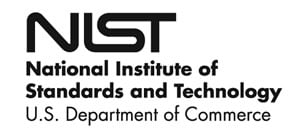RSS feed source: NIST--Advanced Communications
The National Institute of Standards and Technology Communications Technology Laboratory (NIST CTL) is at the forefront of 6G research, laying the foundation for a future where wireless networks are intelligent, resilient, and seamlessly integrated
Click this link to continue reading the article on the source website.
